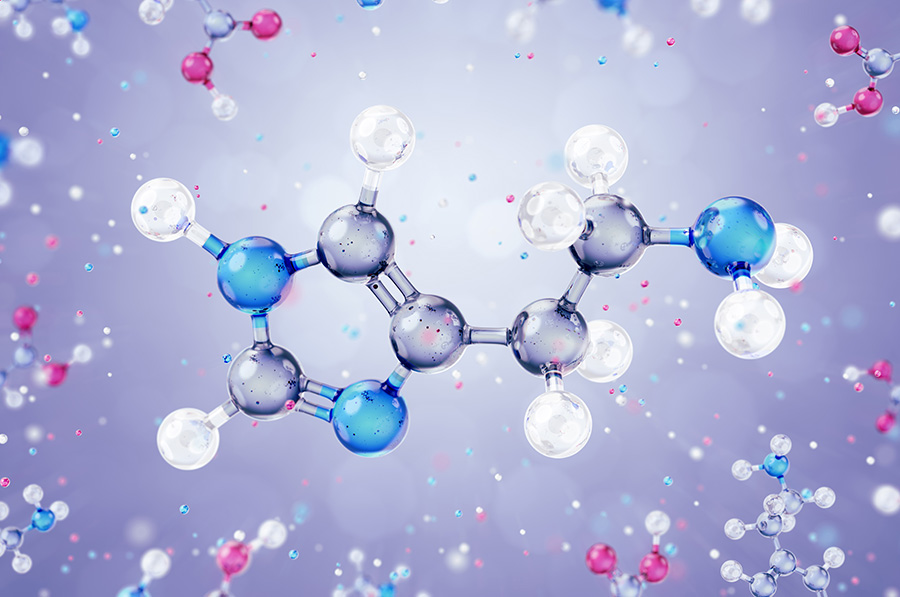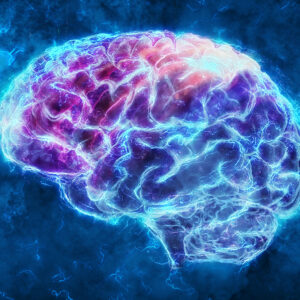Histamine
Histamine
Part 1
in this webinar, you will learn:
-
- Histamine and its receptors
- Metabolism of histamine
- Hi’s and lo’s of Histamine
- Histamine and gut health
- Histapenia and histadelia
- Diamine oxidase and HNMT
Part 2
In this webinar, you will learn:
-
-
- Testing for histamine and its metabolites
- Case study
- Management of low or high Histamine
-
$29.95
Why is this important?
Histamine is a biologically active amine which is involved in immune responses, the regulation of the gut and acts as a neurotransmitter. Imbalances of histamine have been implicated in allergies, schizophrenia, depression, anxiety, behavioral disorders and autism.
Histamine is most well-known for its involvement in allergic reactions, however it also acts as a neurotransmitter like serotonin and dopamine. Histamine is involved in the wake-sleep cycle and is required for arousal, alertness, learning and memory. It also regulates appetite, other neurotransmitters and the perception of pain.
Histamine imbalances, both low and high are known to be involved in mental health issues. Histamine is required for arousal and helps regulate some stress hormones.
Histamine intolerance is mainly caused by an imbalance of histamine intake and the capacity for histamine metabolism and degradation. The main enzyme for metabolism of ingested histamine is diamine oxidase (DAO). Determination of DAO activity in serum might be useful for differential diagnosis of histamine intolerance.
Histamine is not solely involved in allergic inflammatory responses. Histamine is a biogenic monoamine (similar to serotonin, adrenaline and noradrenaline).
H3 histamine receptor has been shown to pre-synaptically inhibit the release of a number of other neurotransmitters including dopamine, GABA, acetylcholine, noradrenaline and serotonin; and it leads to the inhibition of cAMP formation.
Low Histamine: Termed histapenic, the patient is not only low on histamine but also often has a tendency to accumulate excessive amounts of copper. Thus both histamine depletion and copper excess may produce behavioural abnormalities.
High Histamine: Termed histadelia, there are many causes of depression and high histamine can be one of them. Histamine speeds up metabolism, providing more heat. Histamine causes allergic reactions, increased production of mucus and saliva, a tendency to hyperactivity, increased production of mucus and saliva, compulsive behaviour and depression.
Learning Outcomes:
Part 1
in this webinar, you will learn:
-
- Histamine and its receptors
- Metabolism of histamine
- Hi’s and lo’s of Histamine
- Histamine and gut health
- Histapenia and histadelia
- Diamine oxidase and HNMT
Video
Video Duration: 22:03
Part 2
In this webinar, you will learn:
-
-
- Testing for histamine and its metabolites
- Case study
- Management of low or high Histamine
-
Video
Video Duration: 10:45
This offering provides CPD continuing professional development credits for












